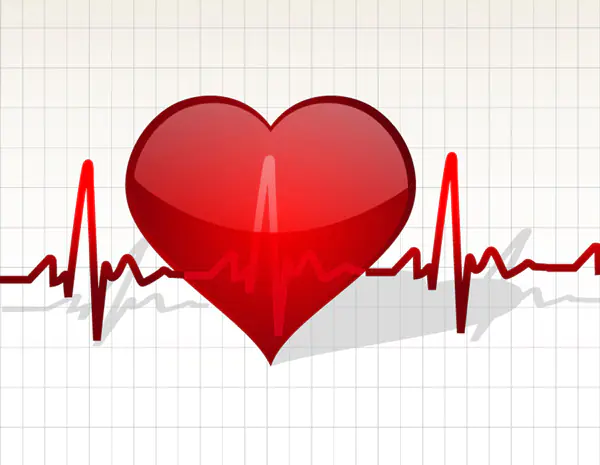Direct cardiac massage is one of the types of heart massage, which is carried out by pressing the hand on the organ. This procedure was first used in the second half of the last century. This became possible due to the fact that surgical operations in the chest cavity were successfully and holistically mastered.
Unlike indirect cardiac massage, a direct effect is performed on the heart. It is carried out during operations when opening the chest and abdominal cavities. This procedure is carried out only in operating conditions.

Direct cardiac massage is performed only in an operating room
Execution technique
The heart is squeezed very carefully and carefully with all fingers at the same time. During the massage, the doctor compares the strength with the sensations. The fingers should be positioned as follows: the thumb should be opposed to the other four. First you need to compress the left ventricle area. This sequence will ensure the release of blood into the systemic circulation.
Each subsequent press is performed within 1-2 seconds. Afterwards there is a short break in which two artificial breaths are taken.
You can perform cardiac massage using another method. To do this, the heart is pressed to the sternum. This is done as follows: one hand should position itself and grab the heart from behind, the other is fixed on the outside. The hand is pressed against the sternum. As practice shows, this method is less effective than the first, because the heart cavity is not cleared of blood well enough.
As a rule, the procedure must be carried out in the following rhythm: 60-70 compressions per minute. During the period of relaxation, it is necessary to take a short pause to allow the heart to fill with blood. Improperly performing the procedure can lead to serious damage to the myocardium.
In what cases is this type of massage necessary:
- During chest surgery for cardiac arrest.
- During abdominal surgery in close proximity to the diaphragm.
- During heart surgery.



